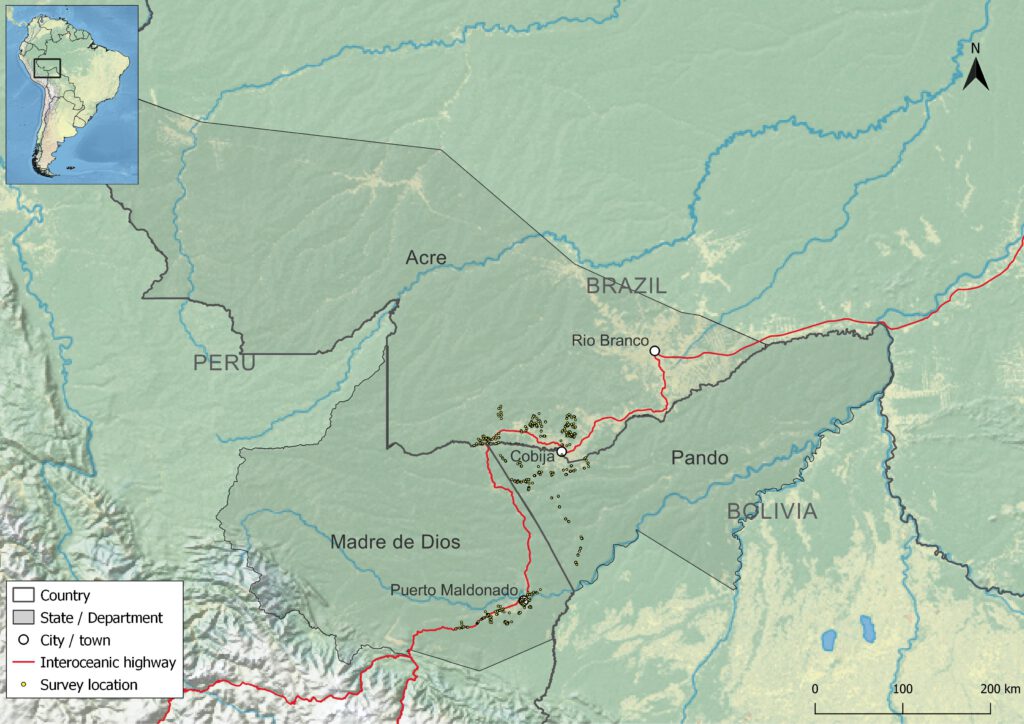BIODIVERSITY AND ECOSYSTEM SERVICES
The main objective of this work package (WP2: Biodiversity and Ecosystem Services) is to characterize socio-ecological systems in the study area and their interrelationships with a special focus on the analysis of the structure, types, and strengths of feedback loops between natural resources and related biodiversity (mainly soil, but also above-ground) and economic livelihood in the study areas:
We expect that the economic livelihood strategies of land users and the rural population in the study area are context-specific and thus rely to varying degrees on biodiversity-related ecosystem services provided both by individual and collectively managed landscapes. Hence, the determinants of this relationship also come to be important determinants of socio-ecological system resilience.

Our focus lies on identifying, describing, and quantifying potential tipping points in these socio-ecological systems. This involves I) the analysis of the relationship between soil-mediated biodiversity and ecosystem services for the different land user groups in the study area; II) the assessment of the vulnerability of the various systems to climate related and socio-economic shocks; and III) the resilience of these systems to cope with such shocks
The Tipping Element under investigation in WP2 is the economic livelihood of the different population groups along the transects which may to varying degrees depend on the status of biodiversity at those sites. In this context this element is determined by the respective groups’ resilience to cope with climate related shocks, e.g. unpredictably occurring droughts. Here, resilience is, among other factors, controlled by the number and quality of economically viable and culturally sustainable (legal) substitution possibilities. Tipping will occur, when a critical number of actors perceive the expected costs and benefits of alternative system states to be superior to the current system state.
METHODS
The method mix employed in WP2 relies on individual in-depth interviews (qualitative and quantitative), living labs, focus group interviews, and farm-household survey data collected in a stratified random design covering the three study areas along the biophysical research transect. Thus, research is conducted at the meso (interregional) as well as the micro (farm/plot) scales.
OBJECTIVES
- Human-Environment Interactions:
Analysis of land use groups, their land use practices and dependence on soil-related biodiversity - Economic Feedback and Tipping Point Modeling:
Analysis of land users’ vulnerability to external shocks - Land Use Decision Modeling:
Drivers of economic behavior





